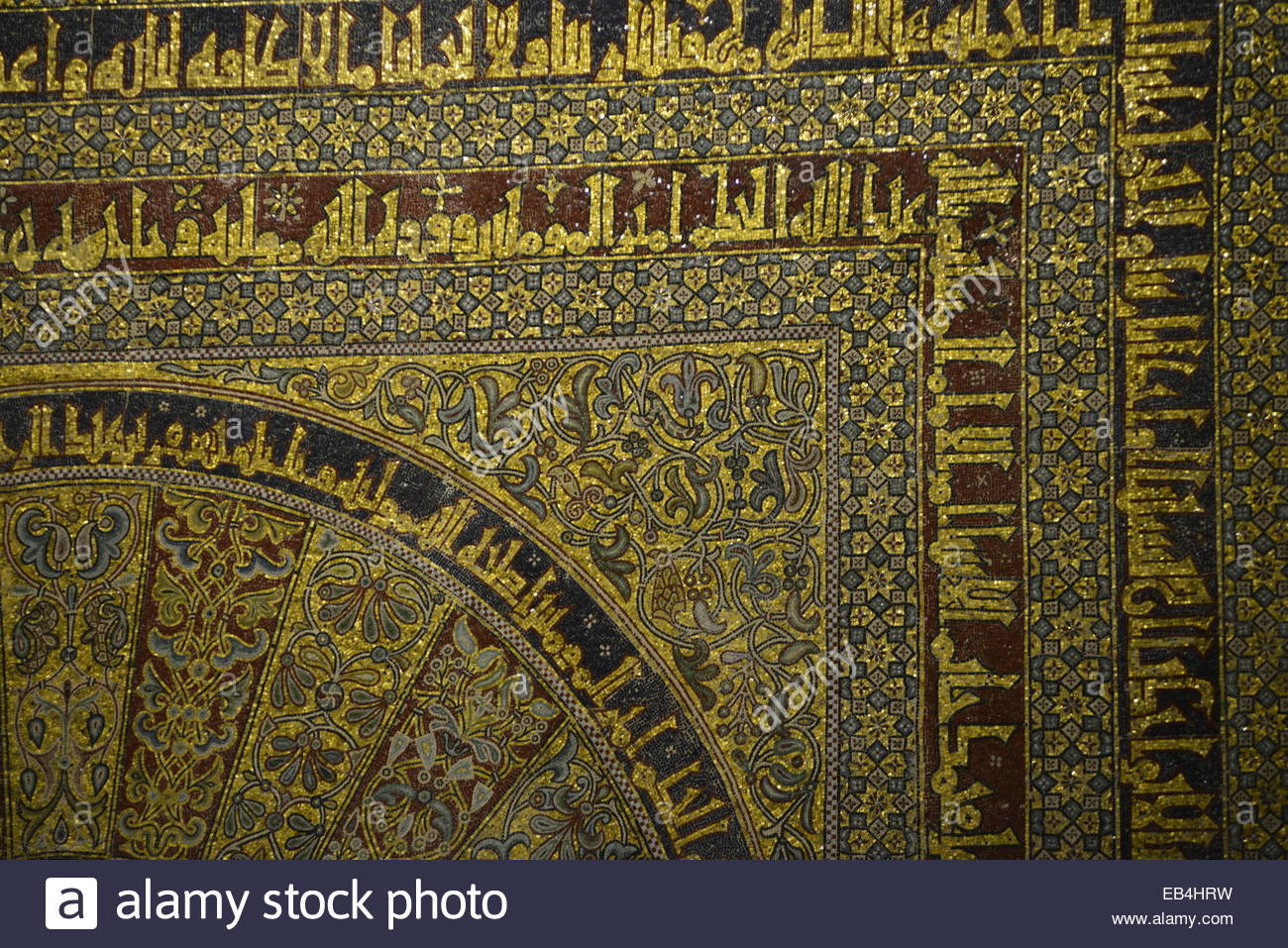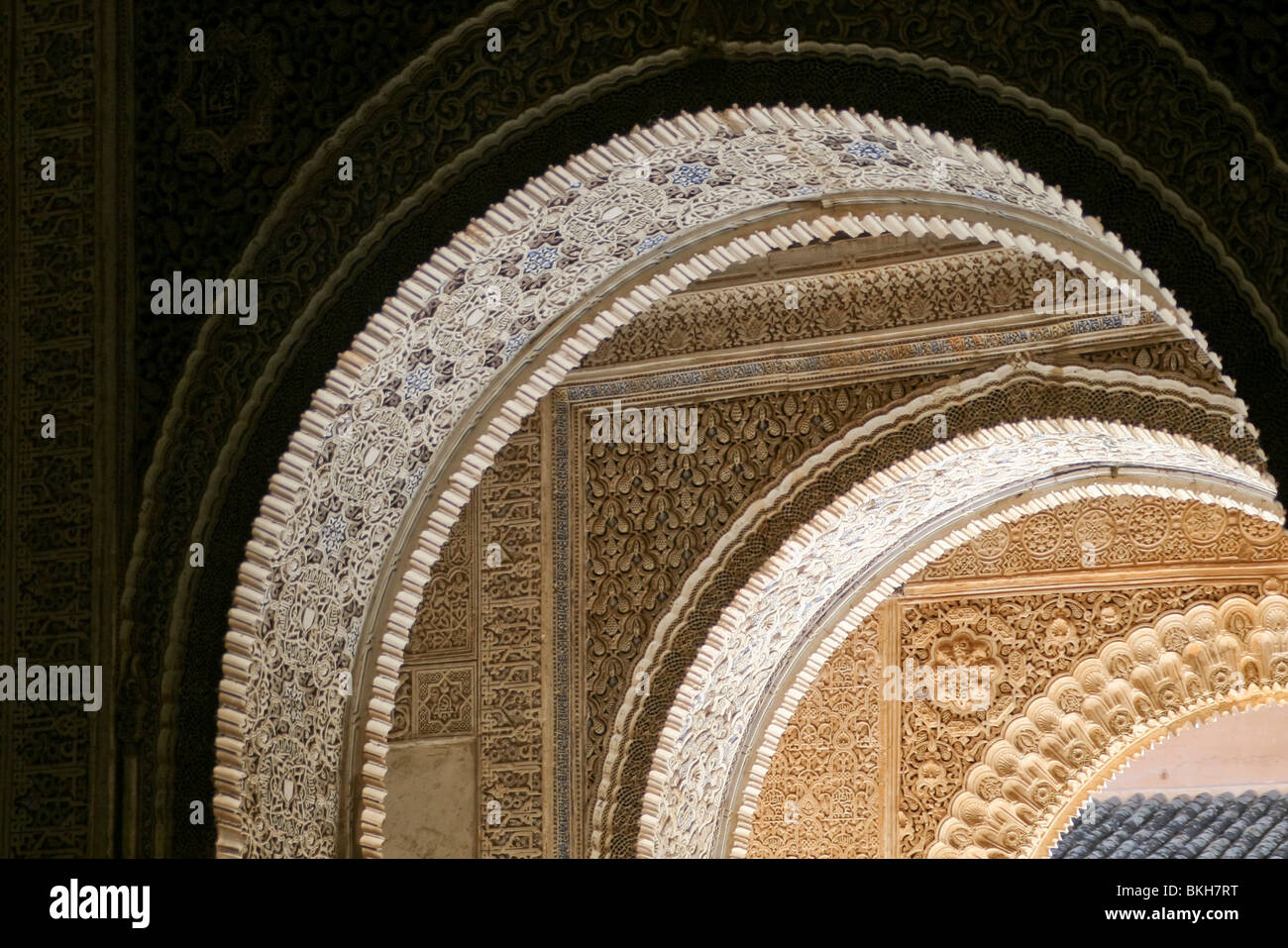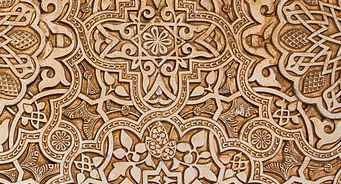Title : Islamic Architecture Arabesque
Link : Islamic Architecture Arabesque
Islamic Architecture Arabesque
As islam spread throughout the world the arabesque appeared in islamic art and architecture from south asia through the middle east and to spain. Another definition is foliate ornament used in the islamic world typically using leaves derived from stylised half palmettes which were combined with spiralling stems.
The arabesque is a form of artistic decoration consisting of surface decorations based on rhythmic linear patterns of scrolling and interlacing foliage tendrils or plain lines often combined with other elements.

Islamic architecture arabesque. The arabesque is an artistic motif that is characterized by the application of repeating geometric forms and fancifully combined patterns. By adam williamson. See more ideas about architecture arabesque and islamic architecture.
The arabesque is thought to have been invented in baghdad in the 10th century where islamic culture flourished. 9 nov 2016 explore barrystormassocs board architecture arabesque which is followed by 115 people on pinterest. Some characteristics of islamic architecture were inherited from pre islamic architecture of that region while some characteristics like minarets muqarnas arabesque islamic geometric pattern pointed arch multifoil arch onion dome and pointed dome developed later.
Arabesques are as their name indicates elements of islamic art often found decorating the walls of mosquesthe choice of which geometric forms are to be used and how they are to be formatted is based. Biomorphic art the art of arabesque. These forms often echo those of plants and animals.
Biomorphic art also known as islimi nebati arabesque is one of the three distinct disciplines that underpins islamic art the other two being calligraphy and geometry.
Thus this article Islamic Architecture Arabesque
You are now reading the article Islamic Architecture Arabesque with the link address https://vvideoy.blogspot.com/2019/10/islamic-architecture-arabesque.html



